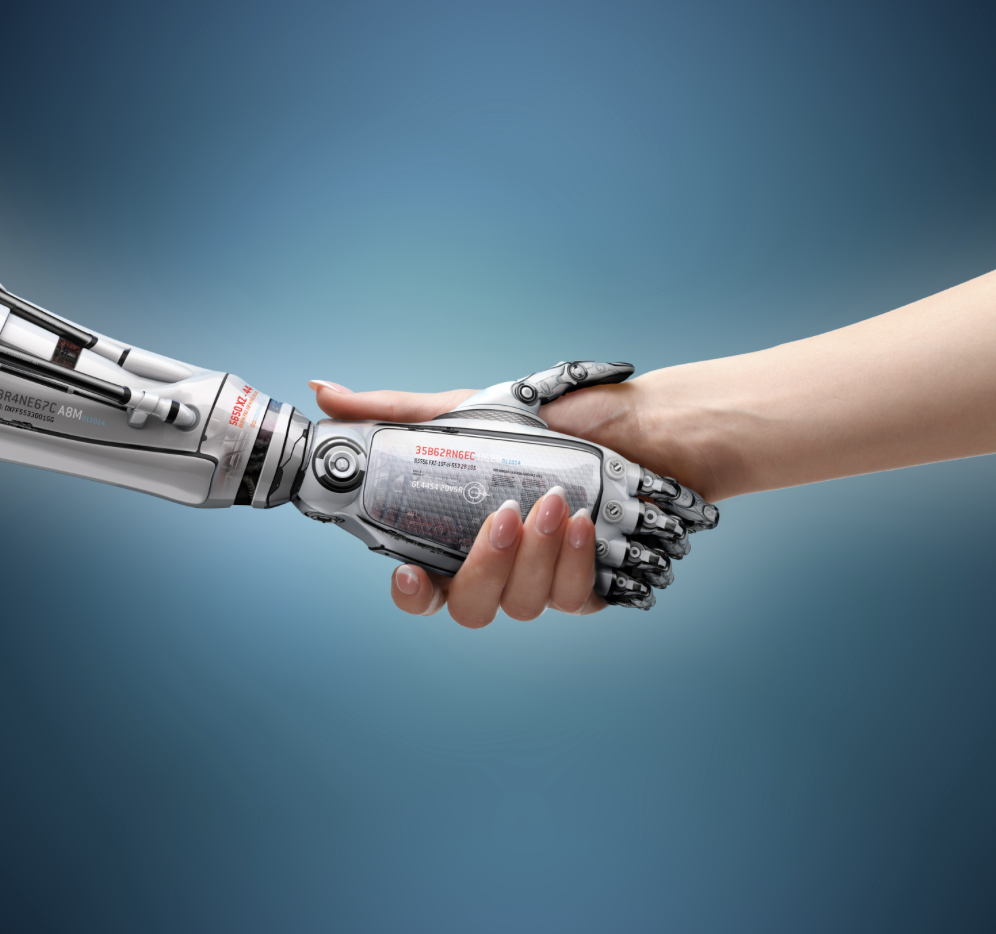
22 Aug Three Ways Employers Can Prepare For The Future Of Work
According to Caitlin MacGregor, CEO and co-founder of HR business Plum, by the year 2034, 47% of today’s jobs will be automated. 65% of today’s students will be applying for jobs that don’t exist yet. So, how can employers ensure that education and employment is fit for the needs of our changing world?
According to research, as automation and artificial intelligence grows to play a greater role in our lives, what makes us human is what will make us employable.
Thinking ahead, how can you as the employer help your company stay ahead in an ever-changing economy?
Here’s our three tips…
- Support flexible pathways:
The idea of a traditional career or ‘job for life’ is changing. Employers need to accept that the pathways to employment might not follow the believed routes. Think less of the linear highway, and more winding cross roads… With a few bumps along the way. There will be stops and starts, highs and lows. Here at Luya we’ve just taken on a 17-year-old apprentice, who is already stunning us with her graphic design skills and huge capacity for learning.
- Enable life-long learning:
A changing world of work means that learning new skills will need to be a continual part of each employee’s lives. There will be no time to waste with long course creation cycles. Instead, a focus on relevant courses and letting employees learn on the job with bite-sized videos and other agile learning tactics, will enable employees to learn what they want, when they need it. This said, it’s also important to recognise that whilst the employer should encourage continual learning, it is as much to do with the employee putting themselves out there and having the desire to develop, not just within office hours but as a whole. As referenced in our MD’s TED Talks – https://www.ted.com/talks/laura_fearnall_the_pioneering_imagination(if you fancy an inspirational watch).
- Prioritise diversity as a core capacity:
Workplaces in the future must see the business case for equality and be able to attract and retain people from all backgrounds at all ages and stages of life. Successful workplaces will be places where the best people can thrive regardless of bias about gender, age or background. Advances in technology can help us with this, AI can be used to screen job descriptions for phrasing that isn’t accessible to all applicants, or to automate assessments that pinpoint indicators of future success.
- Ditch the ‘ideal’ candidate scouting
It’s time to look beyond the resume and look at predictive indicators of employee success in new situations, such as the skills mentioned above in cognitive ability, social intelligence, and also personality. A focus on getting the right people in the right seats based on these indicators of adaptability, rather than getting stuck in the archaic mindset of what a candidate ‘should’ look like, is the way to move forward.
Instead of pushing the future of AI solely into the revelations it could bring to our social lives or commodities, we need to think bigger into the future of our workplaces. We need to think outside the box and champion people from all backgrounds, in whatever stage of their pathway they may be in, and allow them to develop their skill set into new job roles, to allow both employees and companies alike, to thrive.




